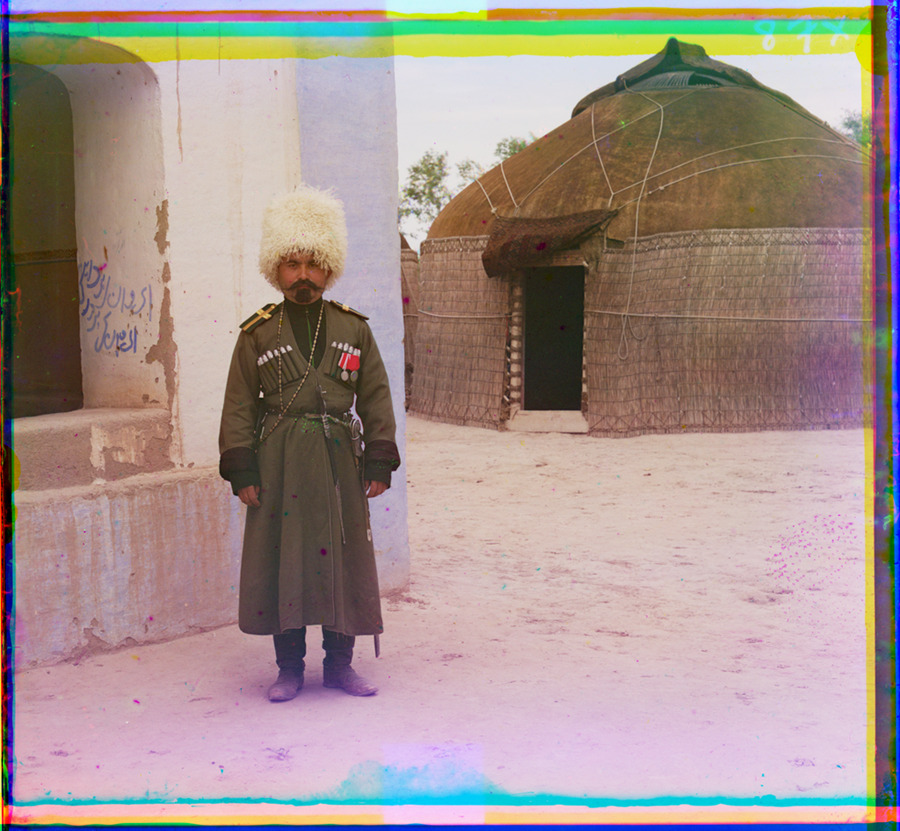V 29 |
Turkmen Yurt |
type |
|
place |
|
population |
The yurts of Central Asia are not all identical, although they are all very similar. A Turkmen yurt can be recognised by the decorative carving around its entrance, which can also tell us about the region, clan, and social and financial status of its owners.
As with all yurts the interior is strictly ordered. It is divided into sectors, and each activity is assigned to a precise area, just as its inhabitants have strictly defined responsibilities. The men tend to the animals and herd them while the womenfolk do household chores including putting up and taking down the yurt. The 250kg tent can be transported on the backs of two horses, three camels or several yaks and can be erected quickly, in under two hours.
The 150 kg frame is made by a local carpenter of poplar or willow. It comprises of 1-1.5 metre high collapsible lattice wall sections, a wheel-like crown and 50-100 2-3 metre long roof poles or laths, and can be used for up to 50 years. The framework is covered with four larger, trapezoidal sheets of felt and one smaller piece of felt, which are secured by ropes and straps. The smaller piece is placed in the middle of the roof and can be opened to let out smoke and let in light. The covering of the yurt can be supplemented by more layers of fabric or animals hides, depending on the climate and availability of materials. In areas with warmer climates the walls may be covered with rushes. The floor and walls inside are covered with woollen carpets (kilims).








